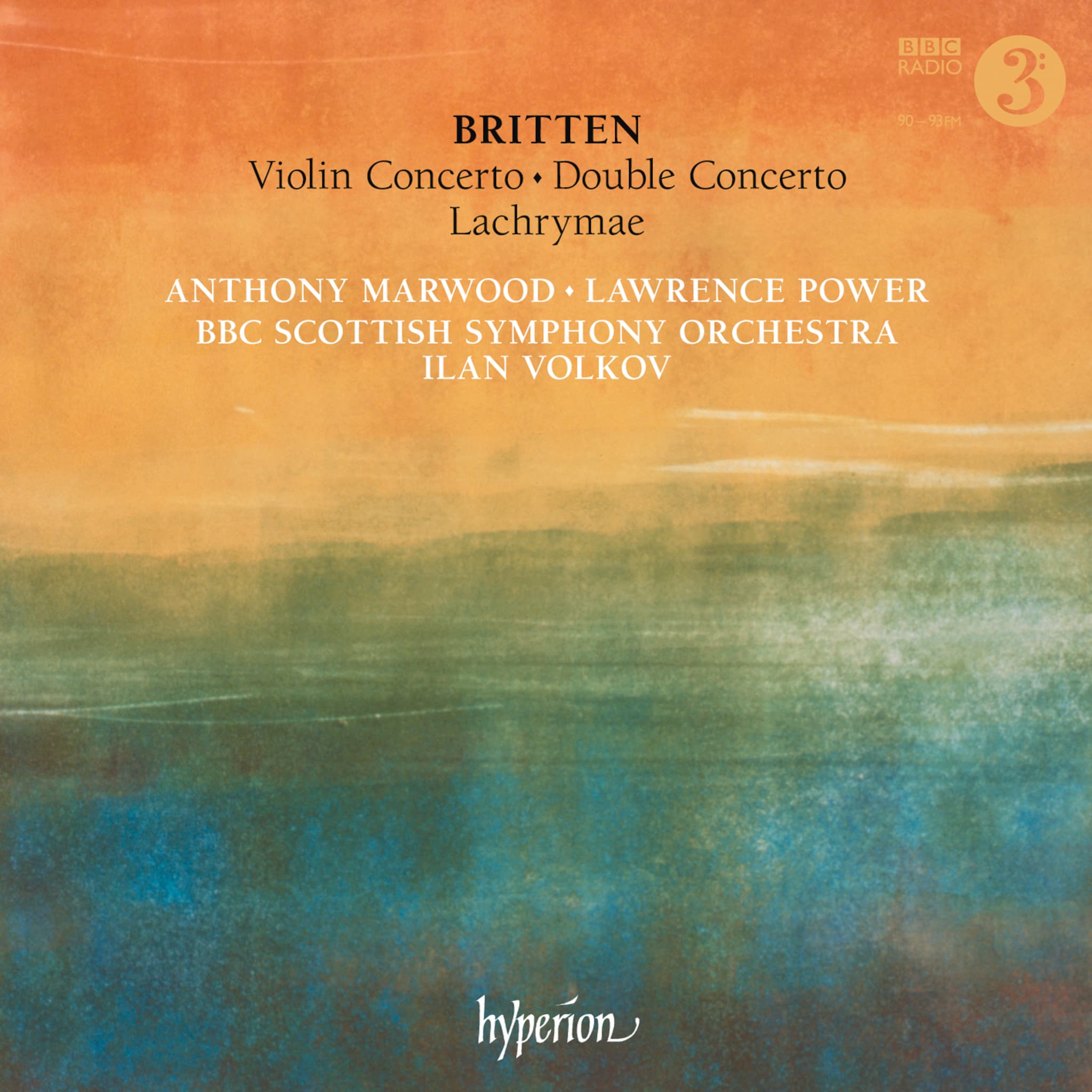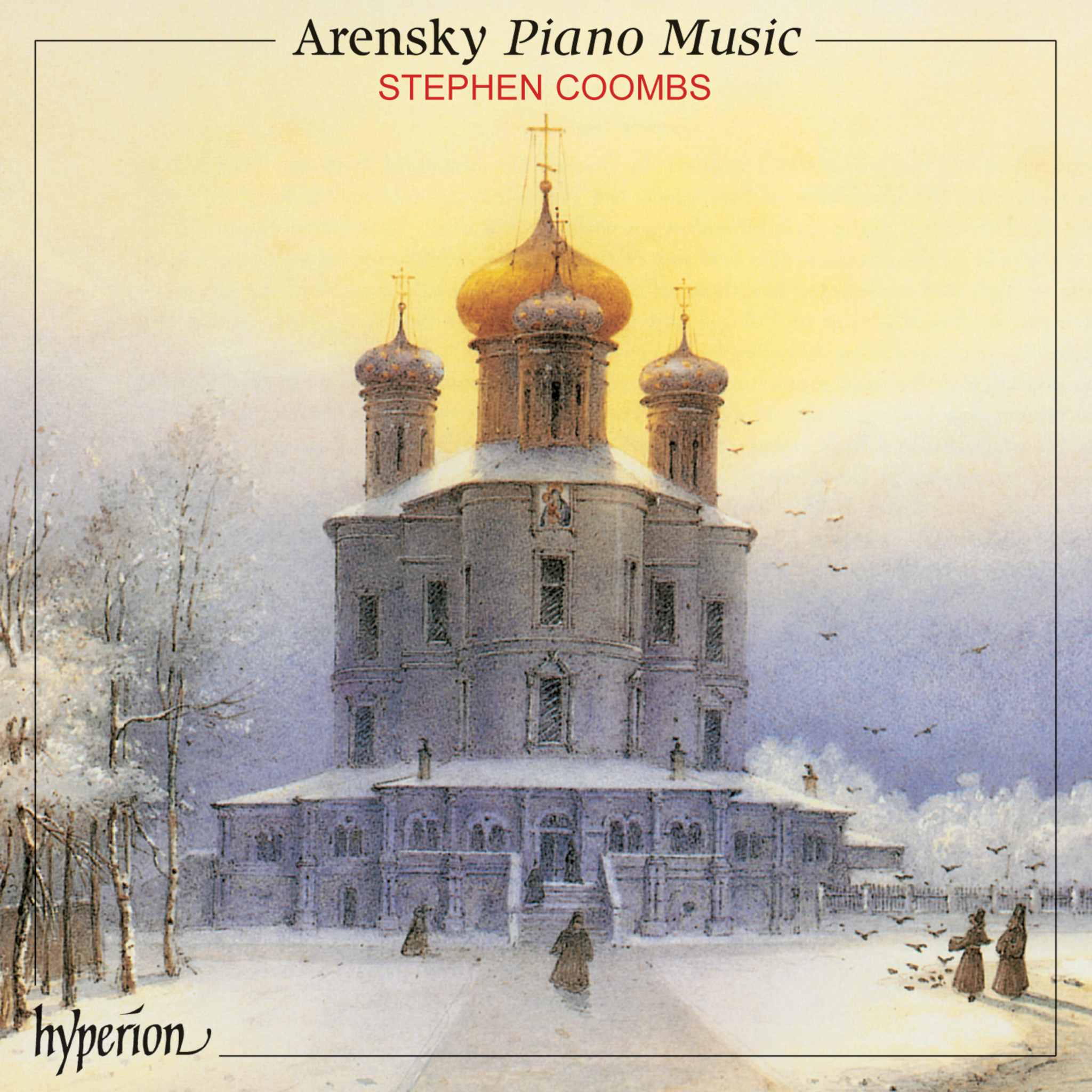Album insights
In 1759, at the age of 27, Haydn obtained his first secure musical position as Kapellmeister and court composer to Count Morzin. At least a dozen symphonies from his time with Morzin emerged, characterized by a numbering system that often does not reflect their true chronological order. For instance, the numbering of his earliest symphonies presented as 10 and 11 does not align with their composition dates which were contemporary with his initial works for Prince Esterházy.
Symphony No. 10, although resembling symphonies 1 to 5, exhibits a distinguished development in the genre by granting the wind instruments more autonomy, along with sudden dynamic contrasts in the main themes. Its sparse but daring structure is evident from the opening bars to the brisk Presto that concludes the symphony. Symphony No. 11, akin to No. 5, follows the form of an old Italian sonata da chiesa, highlighting Haydn's early view of symphonies as a thematically cohesive entity.
Most of Haydn's compositions between these early works and the late London Symphonies after 1790 were crafted during his three-decade tenure with Prince Esterházy. The Prince established a permanent orchestra at his Eisenstadt court in the 1750s, where Haydn later rose from deputy Kapellmeister to the esteemed position of Kapellmeister. Haydn's innovative approach is evident in his seminal symphonies such as Le Matin, Le Midi, and Le Soir, showcasing his unique orchestration choices and compositional flair.
Haydn's Symphony No. 9 in C major, likely serving as an overture for a theatrical production, diversifies the orchestral ensemble by introducing flutes and a bassoon alongside the traditional instrumentation. Symphony No. 12, one of Haydn's briefest works, subverts conventional structures by featuring an Adagio instead of a minuet, while exploring the playful aspects of E major in the bright opening and joyful finale, juxtaposed with a deeply moving slow movement in the minor tonality.











